Labour Pain: Why It Happens And How You Can Manage It
Don't underestimate the power of endorphins!
9 January 2013

Muscles don't flex or tissues stretch without letting your body know it. Uterine muscles don't hurt unless they are forced to work in a way they were not designed to. Yet when a muscle is overly tired, the natural chemistry and electrical activity within the muscle tissues get out of balance. These physiological changes produce pain.
Most childbirth pain originates in the stretching of the cervix, vagina, and surrounding tissues as baby passes through - uterine contractions work to pull the cervical muscle up.
The muscles and ligaments in the pelvis are richly supplied with pressure and pain receptors in the nerves, so the stretching produces powerful sensations that may be interpreted as pain, especially if there is tension in the surrounding muscles.
In order to manage childbirth pain well you need to understand how your body processes pain and how your mind perceives it.
- The contraction begins, tissues stretch, and the tiny pressure receptors in the nerves are stimulated, sending lightning-fast impulses along the nerves to the spinal cord.
- Pain receptors are stimulated as well if the surrounding muscles are tense.
- In the spinal cord these impulses must pass through a sort of gate that can stop some impulses and allow others to pass through into the brain, where they could be registered as pain.
- Practice relaxation techniques to keep your muscles from getting tired and tense.
- Efficient positions for labors that keep your muscles working in the way they were designed to.
- Close the gate in the spinal cord so the cars can't get through. A pleasant touch stimulus, such as massage, sends positive impulses that can block the transmission of pain impulses through the spinal cord.
- . You can also cause gridlock at the gate by sending through a lot of competing vehicles, such as impulses from music, specific mental imagery, or counter pressure.
- Finally, you can fill up the receptor sites in the brain so that the pain-cars have no place to park. Blocking access to this third pain-perception site is how pain- relieving drugs work.
So you can influence pain at three sites: where it's produced in the first place, at the gate in the spinal cord, and in the brain where the pain is perceived.
In working out your own techniques for pain management, you will want to employ pain-relief measures that can control pain at all three of these sites:
You can achieve the same effect naturally by manufacturing your body's own painkillers, endorphins.
- Tags:
- Pregnancy
- Giving Birth
- Labour Pain

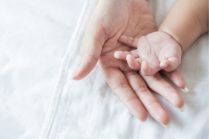



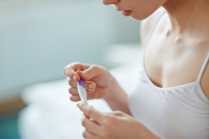
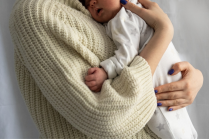



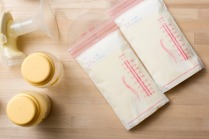









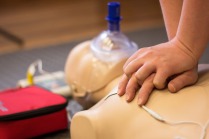

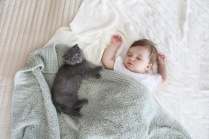


.png?itok=SvZPqMHH)




.png?itok=uB2ieOR7)












